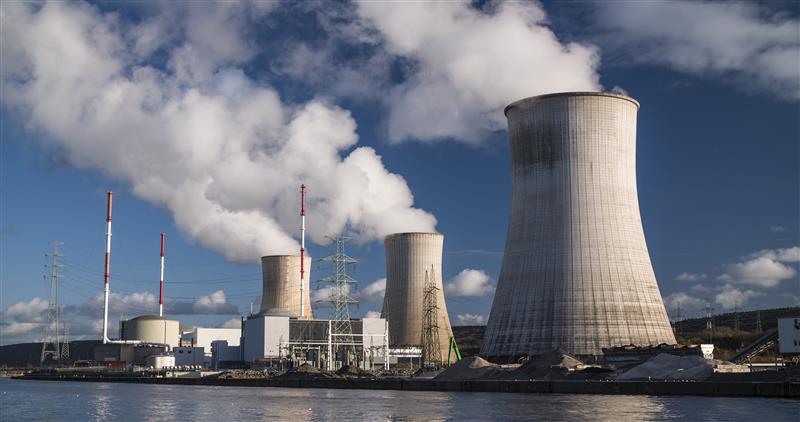New York Gov. Kathy Hochul announced June 25 that she is directing New York Power Authority to add at least one gigawatt of new nuclear power generation by building a zero-emission nuclear power plant somewhere in upstate New York.
This announcement, four years after the 2021 closure of the Indian Point nuclear plant due to safety concerns pertaining to nuclear waste disposal, came as a surprise to many who expected the governor to, instead, recommend cap-and-invest regulations pursuant to the Climate Leadership and Community Protection Act, landmark legislation passed by the New York State Legislature in 2019, requiring a reduction in greenhouse gas emissions. Hochul explained that her goal is to develop a clean, reliable, and affordable electrical grid for New York.
The seemingly about-face on how the safety of nuclear power is viewed has happened in the context of exponentially increasing electrical use and cost in the state and across the United States, especially with the recent expansion of energy-guzzling artificial intelligence technologies and cryptocurrency mining centers, the latter of which have especially highlighted the demands on New York’s electrical grid (covered by ELM here and here).
Indeed, following the 2021 closure of Indian Point, the state’s use of fossil fuels skyrocketed. In other words, concerns about the disposal of nuclear waste have gradually receded into the background as the benefits of clean nuclear energy, as compared to the burning of fossil fuels, have increasingly overshadowed the risks of nuclear power. It does not hurt that reactivating nuclear power for the state will almost certainly drastically reduce the price of electricity, which ballooned following Indian Point’s closure, and also make New York City less vulnerable to extreme weather events such as heatwaves, increasingly common as the global average temperature rises due to climate change.
These increasingly compelling environmental and cost-savings considerations, coupled with the projection that this newly announced nuclear facility project will create 1,600 construction jobs and 1,200 long-term jobs in the region, have led to Gov. Hochul concluding that closing Indian Point was likely a mistake, as many environmental advocates have been arguing, at increasing volume, over the past several years.
The governor explained, in a statement issued in support of her announcement, “As New York state electrifies its economy, deactivates aging fossil fuel power generation and continues to attract large manufacturers that create good-paying jobs, we must embrace an energy policy of abundance that centers on energy independence and supply chain security to ensure New York controls its energy future.”
Not everyone is enthusiastic, however. Some skeptics — pointing to a boondoggle of a nuclear plant recently built in the state of Georgia, seven years late and $17 billion over budget — think that the financial cost of a similar plant in New York is prohibitive. Others are also concerned about the environmental costs; one policy adviser for a non-profit explained, “You have to look at the cradle-to-grave aspects [of nuclear energy]. Where do you get the material to actually build a nuclear power plant? It’s very dirty to dig uranium out of the ground and transport it.”
Either way, the state is moving forward with Gov. Hochul’s plan and has indicated it will immediately begin evaluating technologies and their respective feasibility, business models, and site locations, while simultaneously look for critical partnerships to advance the project.

